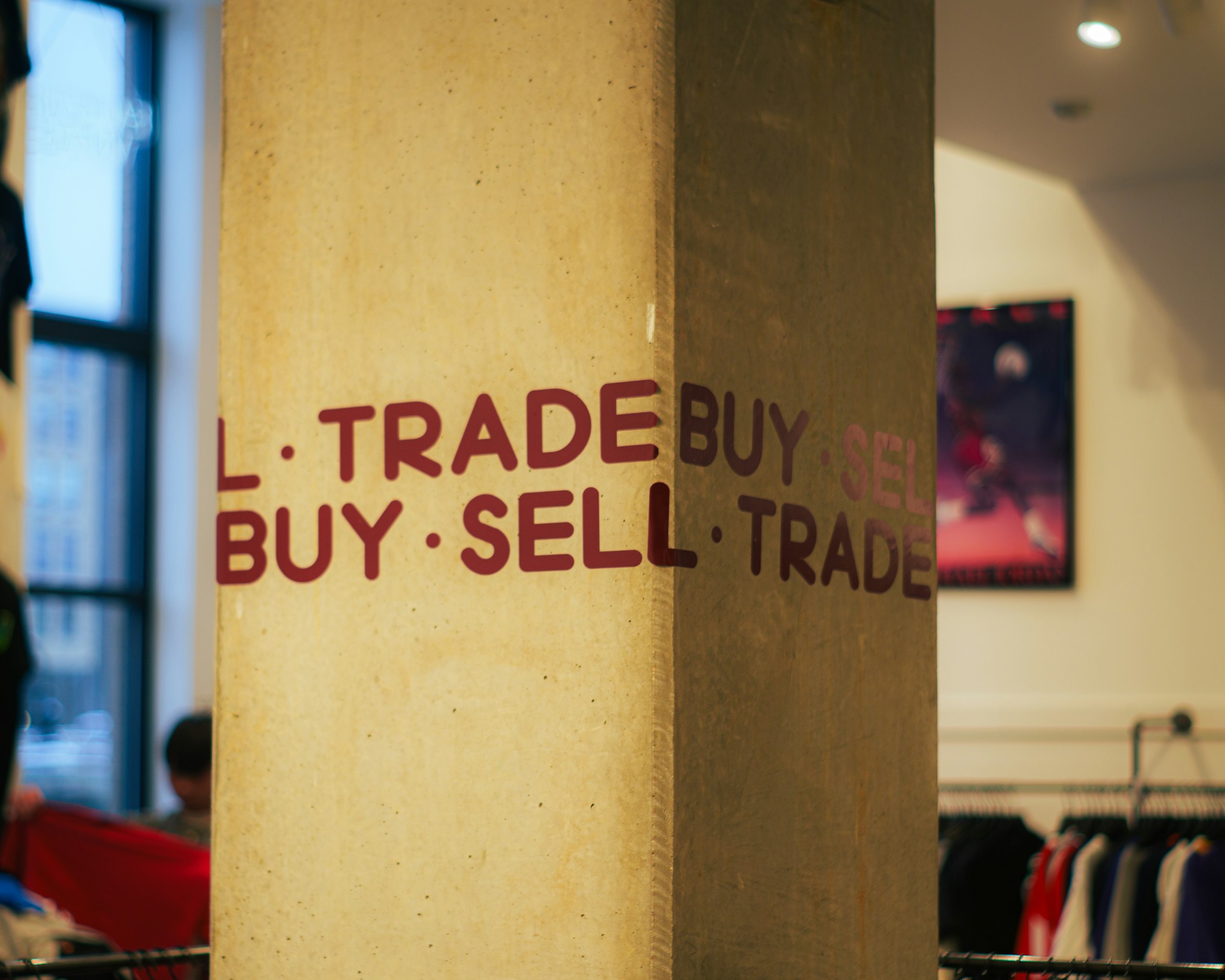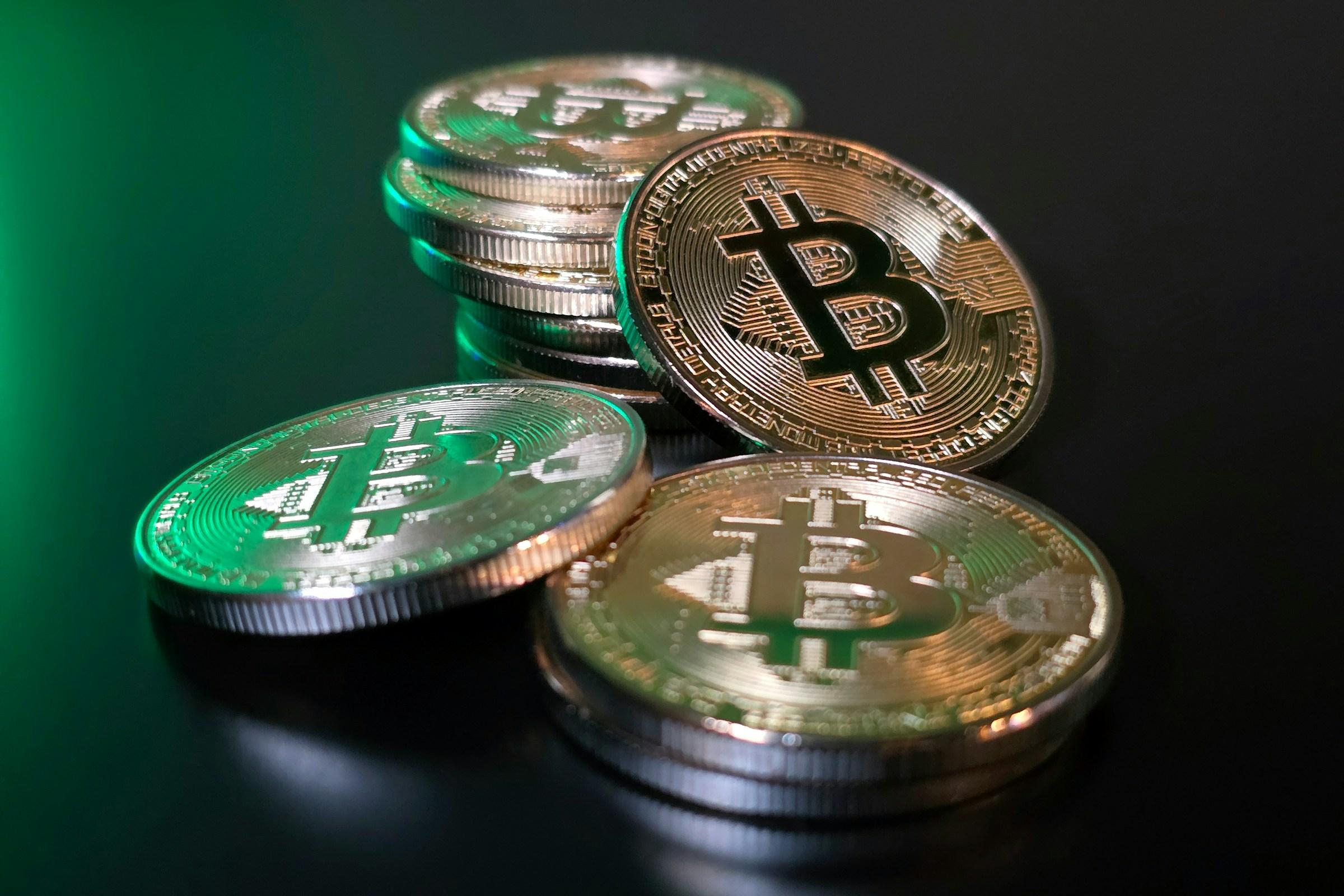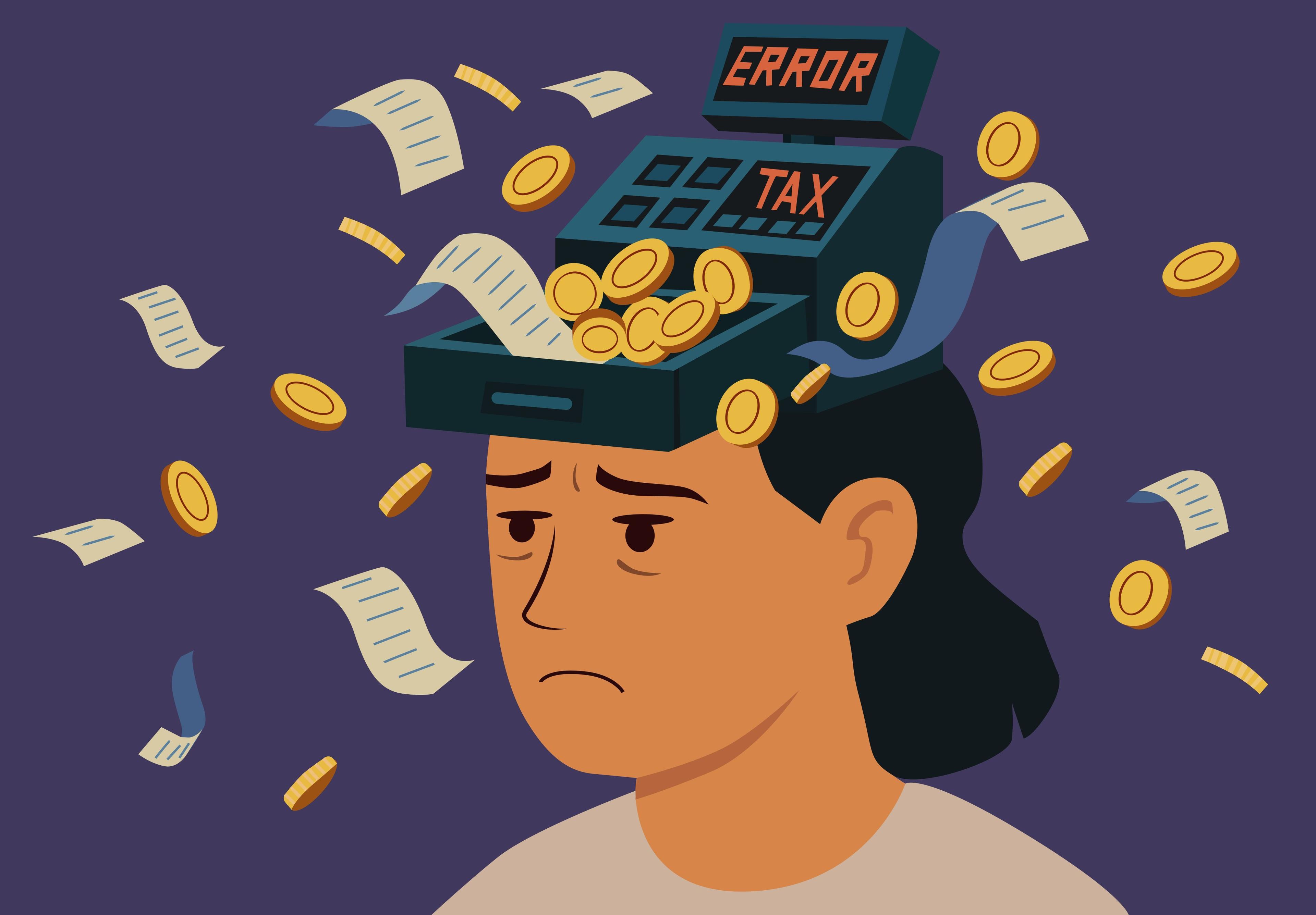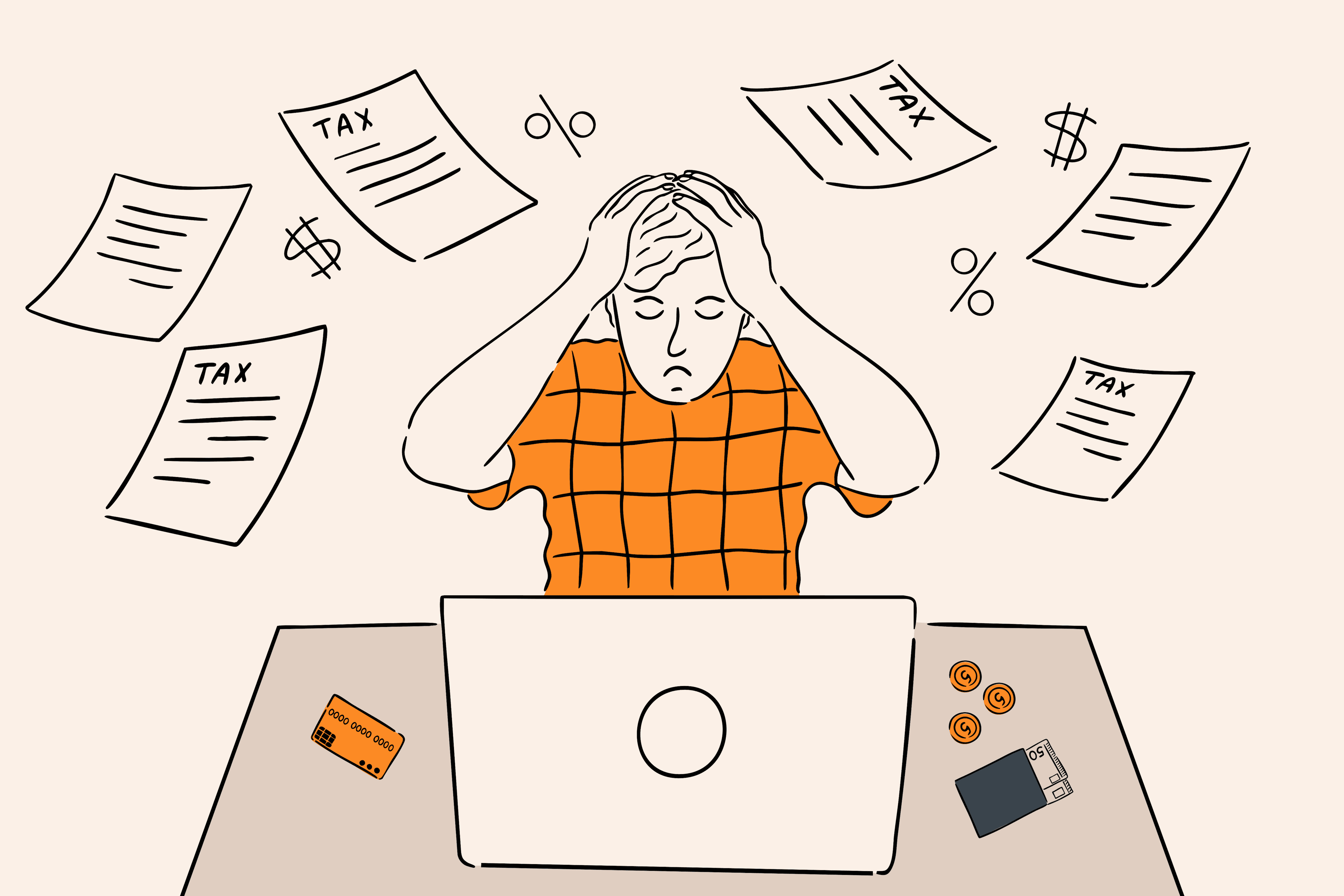You open the brokerage app and buy an ETF with the same optimism you get when a new workout plan promises visible results in four weeks. The price jiggles, the yield number looks tidy, and somewhere on the factsheet the phrase total return makes an appearance that feels reassuring. But beneath those tidy labels sits a simple truth that most people never really unpack. An exchange traded fund is a basket that holds assets, and your results come from what those assets do and how cleanly their value reaches you. The basket is not alchemy. It is plumbing. You make money when the assets inside grow in price, when they pay out cash, and when you feed those proceeds back into more units so the effect can stack on itself over time. That is the whole engine. Everything else is either friction that slows the engine or marketing that distracts you from the work.
Let us start with the obvious but often skipped piece. Price appreciation is not a side feature. It is the headline for equity ETFs. A broad market fund that tracks a large index owns hundreds or even thousands of companies. When those companies grow earnings, expand margins, or attract higher valuations because the market believes the future will be brighter, their share prices rise. The ETF that tracks them rises with them. You do not need to pick which single company will crush its next product launch. You are signing up to ride the average result of business growth, innovation, productivity, and at times plain old animal spirits. This ride is not a straight line. It is bumpy, sometimes scary, and always uncertain in the short term. The reward for tolerating the bumps is the long arc of growth that diversified equity markets have delivered more often than not across decades. The cost is patience and the ability to stay put when headlines are loud and charts are red.
Cash distributions are the second leg, and they feel simpler because money lands in your account. Equity ETFs pass through dividends from the companies they hold. Bond ETFs pass through interest from the bonds they own. Real estate ETFs distribute rental income after expenses. Some funds pay quarterly, some monthly, and each payment tempts you to treat it like a bonus. The real play is to switch on automatic reinvestment if your tax rules and goals permit it. When you reinvest, you are not collecting souvenirs. You are buying more units of the same machine that produced the cash in the first place. That feedback loop is what people mean when they talk about compounding. It is ordinary in the moment and powerful over time.
Compounding is not a separate prize that comes with a secret handshake. It is simply what happens when you take gains and income and put them back to work so the next round of gains and income is calculated on a slightly larger base. Repeat this across years and the curve begins to bend. Reinvestment transforms decent returns into impressive ones, but it requires two preconditions that many investors struggle with. The first is consistency, because compounding works best when you feed it regularly. The second is restraint, because compounding dies when you pry out capital after a rough quarter and promise to start again later. You do not need to be perfect. You just need to be stubborn and slightly boring.
If this were the whole story, anyone who bought a broad index ETF and waited would always be fine. Investors do not live in a vacuum though. Friction sits between the fund’s performance and your outcome. Fees are friction. Taxes are friction. Trading mistakes are friction. Poor liquidity is friction. Your job is to keep these sources of drag small, predictable, and unexciting. That begins with the expense ratio. A few tenths of a percent looks harmless when you read it once. Across years on a growing balance it becomes a persistent leak that you barely notice until the totals are compared. You do not need to be a fee absolutist. You do need to be conscious. If two funds track the same benchmark, and one costs several times more for no structural advantage like better withholding tax treatment or meaningfully tighter tracking, the cheaper option deserves to be the default.
Tracking difference is another place where reality diverges from promises. Every ETF aims to follow an index, but in practice it will lag by the amount of its fees and by small operational costs. When that gap is small and steady, life is fine. When a fund repeatedly trails its benchmark by more than its published expense ratio would suggest, you are paying an invisible tax that has nothing to do with the market. This is not thrilling research, but pulling a factsheet and comparing the fund’s performance to its index helps you avoid handing away return for no purpose.
Liquidity shows up in the bid ask spread you pay each time you buy or sell. Popular ETFs that trade heavily tend to have tight spreads, so the cost to enter and exit is small. Niche products can be much wider, which means you lose a little more every time you transact. If your plan includes dollar cost averaging, a wide spread turns into many tiny cuts. The fix is simple. Lean toward liquid, well used funds for your core positions. Use limit orders when you can so you do not pay up during a jittery minute. None of this has the glamour of a hot theme or a splashy launch, but these are the details that decide whether your total return keeps what it earns.
Taxes are a necessary detour, because how you keep money matters as much as how you make it. With cross border investing now common, many investors in Asia buy US equities through ETFs that hold American stocks. Dividends paid by those stocks may face withholding tax before they reach you, and the rate depends on the domicile of the fund and tax treaties. An Ireland domiciled ETF that holds US stocks, for example, may reduce withholding at the fund level relative to a US domiciled product for certain investors. Share classes matter too. A distributing share class pays you cash. An accumulating share class reinvests within the fund, which can be more tax efficient in some places and neutral or less favorable in others. None of this is thrilling. All of it affects your compounding. A short conversation with a tax aware adviser or a careful reading of a few official sources is worth more than a week of scrolling for hot tips, because it helps the engine send more of its output back into your pocket.
Up to this point we have talked about broad market exposure because it is the workhorse for most long horizon plans. The ETF universe also includes products that promise high income today by trading off some growth tomorrow. Covered call ETFs are the most visible example. The fund owns stocks and sells call options on those stocks, collects the option premium, and passes it through as income. The yield looks great on paper, and the cash does arrive. The tradeoff is that by selling upside you cap how much you gain in strong markets. That can be acceptable if your primary goal is current income and you understand that you are exchanging potential growth for cash flow. It is less compelling if your real goal is long run wealth creation where reinvested growth drives the outcome. Neither approach is morally superior. They are simply different tools. Know the job you want done before you pick the tool.
Bond ETFs sit in a different place in the portfolio. You make money from them mostly through the yield of the bonds inside and through price movements caused by changes in interest rates. When rates fall, existing bonds with higher coupons become more valuable and prices rise. When rates rise, the reverse happens. Over a full cycle, the yield component does most of the work. That makes bond ETFs useful when you want stability, liquidity, and a steadier experience. They will not produce equity like growth, and they should not be expected to do so, but they can help you stay invested in equities by softening the ride and by providing a bucket to rebalance from when stocks become temporarily cheap.
Now we can tie the mechanics to behavior, because behavior is where many plans drift. Investors love to say they are long term. They also love to panic in unison. Volatility is the tax you pay for equity growth, and the market will present that bill in rude and unpredictable ways. If you stop contributing when the bill arrives and only return once prices feel safe again, you are converting a compounding plan into a trend following habit that usually buys high and sells low. Dollar cost averaging is not a magic trick. It is a behavioral guardrail. By contributing on a schedule, you end up buying more units when prices are low and fewer when they are high, which nudges the math in your favor without any forecasting skill.
Brokerage costs and currency spreads are the last quiet drains worth naming. You can choose a low fee fund and still leak value if your platform charges high commissions for each purchase or takes a wide spread when converting currencies. If you invest in a market denominated in a foreign currency, it helps to understand whether your broker allows you to hold balances in that currency so you are not forced into a conversion with each transaction. If that is not available, batching purchases reduces the number of conversions you pay for, which makes your plan a little cleaner.
All of this talk about mechanics sometimes makes people feel like they need a PhD to build an ETF plan. That is not the case. The goal is to be deliberate about a few big choices and then make small good decisions on repeat. Start by defining your goal. If your horizon is long and your priority is growth, a low cost global or regional equity ETF can be the core. If you want a smoother path or you have near term needs like tuition or a down payment, pair equities with a bond ETF that matches your time frame and risk tolerance. Automate monthly contributions at a level you can sustain through good months and bad ones. Switch on reinvestment for distributions if it fits your tax situation. Set a simple rebalancing rule once or twice a year so your risk does not drift without your consent. These are not heroic steps. They are the kind of small, repeatable actions that compound just like your money does.
Investors also ask whether they should add themes, sectors, or exotic strategies to juice returns. There is nothing inherently wrong with a small sleeve for ideas that excite you or for tools that solve a real problem. The danger is when the sleeve swells until it becomes the wardrobe, and your results begin to mirror a collection of stories rather than a plan. The more complex the promise a product makes, the more likely that the cost hides in a footnote and shows up later as disappointment. Keep your core boring and robust. Use small, clearly sized satellites if you must, and be honest about why they exist.
At this point the phrase how to make money from ETFs can be stated without magic or mystery. You make money by owning productive assets through a clean wrapper, by letting price appreciation and cash distributions do their job, and by reinvesting to let time magnify the outcome. You protect that outcome by keeping fees low, tracking difference small, liquidity high, and taxes sensible. You support the process with behavior that prefers schedules to feelings, rules to impulses, and patience to headlines. None of this will feel exciting most days. It will feel like watching paint dry. That is good. Dry paint means the house is getting built.
There is a final mental shift that helps this stick. A portfolio is not a lottery ticket. It is a system you design to move money from the present into the future in a way that future you will appreciate. Systems do not need constant cleverness. They need consistency and modest course corrections. That is why ETFs are so effective for ordinary investors. They turn a messy world into a simple habit. Add money. Reinvest. Rebalance. Keep your costs down. Refuse to panic. Over time, the combination of price growth, cash flow, and compounding does what it has done for generations of patient investors. It converts effort and time into real wealth, not through spectacle, but through a quiet compounding that favors those who show up and keep showing up. That is the real play, and it is more than enough.









.jpg&w=3840&q=75)




